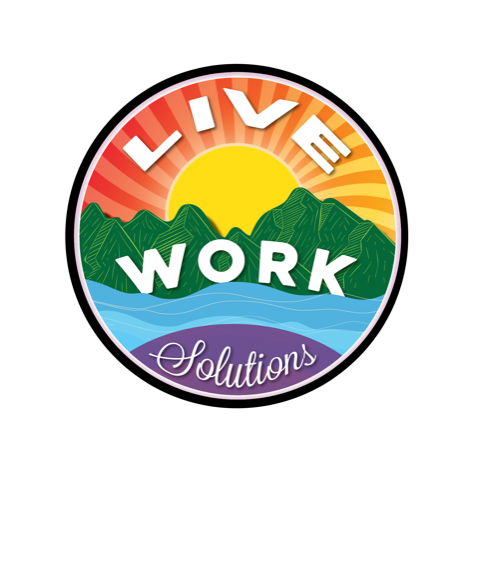Stress is an inevitable part of our lives (especially these days). To many, it may be obvious that how we handle stress, can make a big difference in our mental health. It’s perhaps less obvious, how proactive stress management, can support our physical health.
Automatic stress responses are the domain of the amygdala, the ancient part of the brain. In primitive times, the amygdala’s “fight or flight” response was wholly appropriate and regularly saved our skins. However, at that time, nearly all danger was of the “clear and present” variety; these days, not so much. Our stressors have evolved, for better and for worse, and require a more evolved response.
Without emotional self-regulation and strong coping strategies, our response to stress and anxiety, leapfrogs over the prefrontal cortex, which is the more modern brain region. The prefrontal cortex commands complex functioning, like goal-directed behavior, attention, impulse control and introspective insights. Instead, when the amygdala is in control, regions of the brain are activated that can create uncomfortable physical responses (i.e. stomach aches & muscle tension) and impaired reasoning (i.e. buying a few gallons of hand-sanitizer & forgetting to bring home the bread) . Recovering from this state takes a toll, and redirects energy earmarked for maintaining our immunity.
The good news is, we can prevent our next adrenaline overdose with mindfulness practices. Mindfulness has become a pop-culture buzzword and can be misunderstood as something unattainable, by any but the most ardent yogis. There is certainly tremendous benefit to regular yoga and meditation, but also countless other ways to improve emotional regulation, clarity of mind and reduce reactivity.
One wonderful route is through journaling and perhaps the most satisfying form of journaling is the gratitude journal. Writing 5-10 minutes a day, or recording Three Good Things every evening, can be an enormous reframe for the anxious brain. Expressing gratitude has been shown to release dopamine and serotonin, often dubbed the “happiness chemicals”. Consciously focusing on the positive aspects of our life, strengthens neural pathways, making it easier and easier to look on the bright side. With practice, the gut-wrenching rollercoaster of the amygdala can be passed over for a smooth ride on the evolved mind.
Here are some internal and external resources to get you in the right path:
Journaling 101 - Our free printable guide to starting a journaling practice.
The Transformative Journal - Free introductory journaling course and on Teachable.com
Coach Yourself Through a Crisis - Happiness Lab podcast episode about how to cultivate a reassuring inner voice to manage fear and anxiety.
Staying Mindful and Resistant - Untangle podcast episode with practical advice on how we might change the way we relate to the uncertainty of a crisis like COVID-19 and notice our tipping point between problem-solving and panic.

